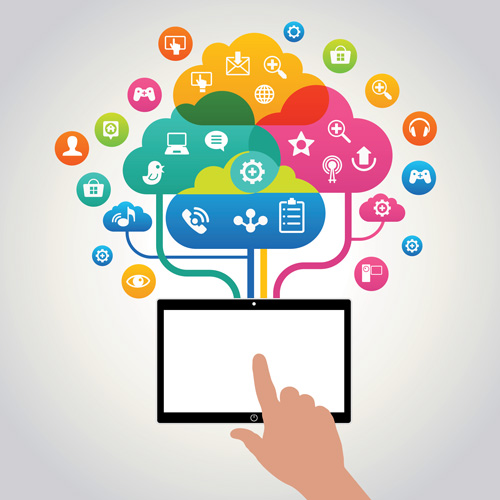
This is a RePost of the original AI in AT posting by Joseph Kwan and Joyce Lo.
Artificial Intelligence (AI) and Assistive Technology (AT) are different technologies that have been increasing in importance in recent years. AI is when computer systems perform tasks that normally require human intelligence, such as recognizing speech, identifying objects, learning, making decisions, and solving problems. AT is generally defined as any equipment, product, or service that can make society more inclusive. AI advancements improve the use of AT and has significant potential in enhancing inclusion, independence, and participation for people with disabilities.
AI in AT explores how AI and AT work together to support people with disabilities. The combination of these two emerging technologies help society become more inclusive and promote opportunities in school, home, work, and community settings.
Opportunity Statement:
The World Health Organization estimates that one billion people currently need AT, with this number increasing to two billion by 2050. Yet, only one in ten users have access to AT, creating a significant market gap and need. AI enhances AT user experiences by improving speed, accuracy, and accessibility. The field of incorporating AI with AT is relatively new and ample opportunities exist for new and exciting ventures to improve people’s lives.
Essential Resources:
Legislation will build a more accessible, inclusive B.C.
AI gave Stephen Hawking the ability to communicate
How A.I. can Empower Assistive Technology and Reduce Inequality

From the Resource teacher’s perspective, I see Assistive Technologies as tools that can be seen as crucial for designated students, increasing their communication, mobility, or access to learning, depending on their designation. Potentially, these tools could booster independence, participation, and further promote inclusion in the classroom and at home.
In my area with adult education, I am seeing staff members staying past retirement or are moving on to more advanced roles at a later age. I am also seeing adults who have identified learning impairments later on in life where there is a need for assistive technologies to support their growth and development in the roles.
One example of this is the change from paper manuals written in long-form text at a college-level reading level, shifting to more visually enhanced and short-form language at the tenth-grade level. The shift has also moved from paper to platforms such as SharePoint to allow for the adult learners to zoom into text, take in the information through a different modality or to be able to interact with the content the way they want.
I see assistive technologies being more utilized to support learners with visual and audio impairments in the future, as we see people in the workforce staying longer through various impairments.
Incorporating AI into assistive technology can and will be revolutionary, in my opinion. While we have made strides towards a more inclusive world, there is still a way to go. We also should keep in mind that sometimes it may not be possible to build and design an environment that is 100% inclusive of everybody, because designing for one particular disability may be contradictory to another type of disability. The most fitting example is from an article that I read in ETEC565C where textured dimpling on sidewalks that helped people who are blind or are low vision navigate the sidewalks made it more difficult for those using mobility-assistive technologies (such as wheelchairs) to navigate that same sidewalk.
This is all to say that there is a gap between what would be possible in an ideal world versus what the reality is for those living with disabilities. In navigating the world, there may be seemingly small and insignificant (to able-bodied people) inconveniences that make the lived experience of someone living with disability that much more unsafe, inconvenient, or difficult. Assistive technology that is bolstered by AI may be the key to making accommodations for people with disabilities that much more seamless and cost-effective.
Assistive technologies are a great way to create an inclusive classroom which caters to students with various disabilities and challenges. Technologies such as speech-to-text or closed captioning for videos have made learning materials more accessible for students. I am looking forward to learning more about other assistive technologies and how they can be used in the classroom to ensure equity amongst my students.